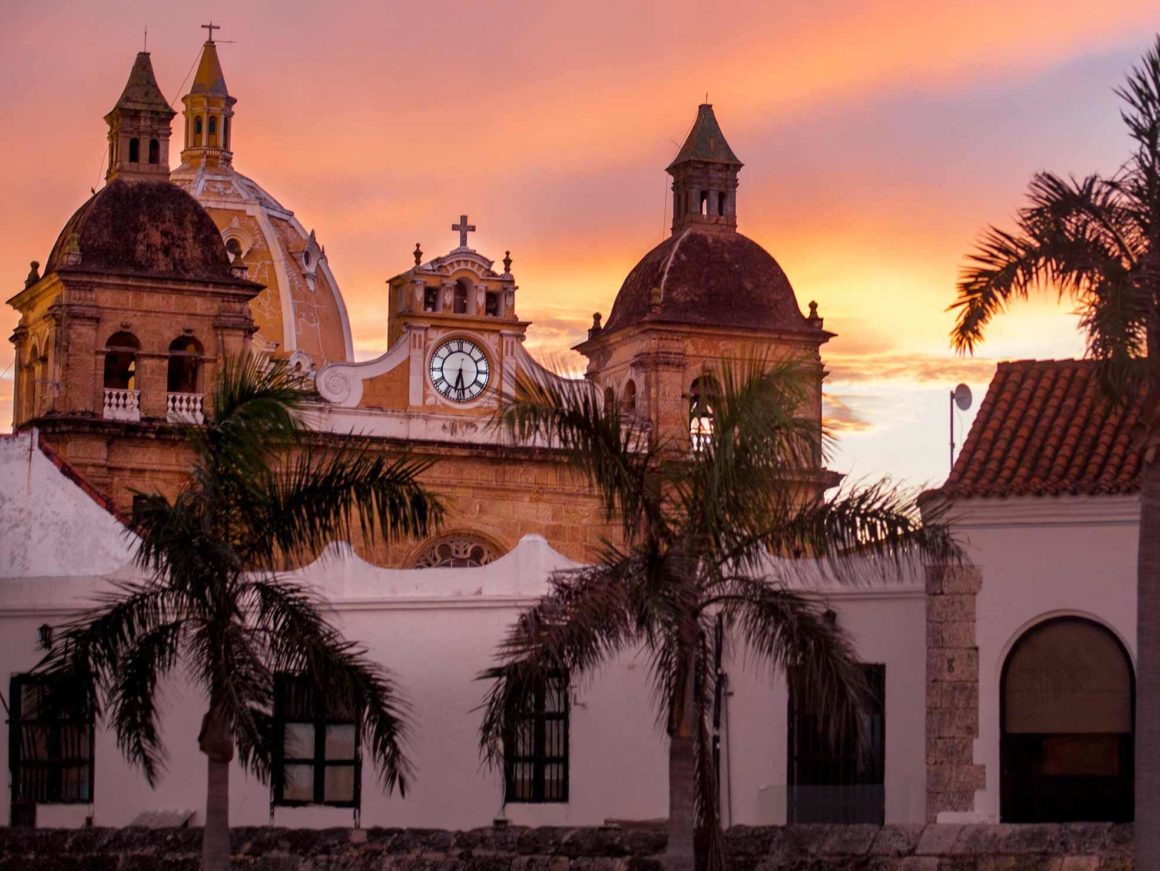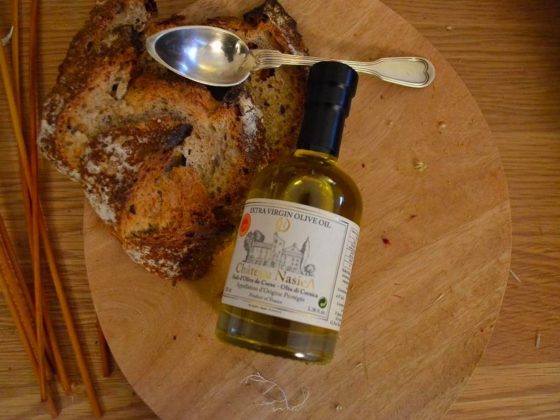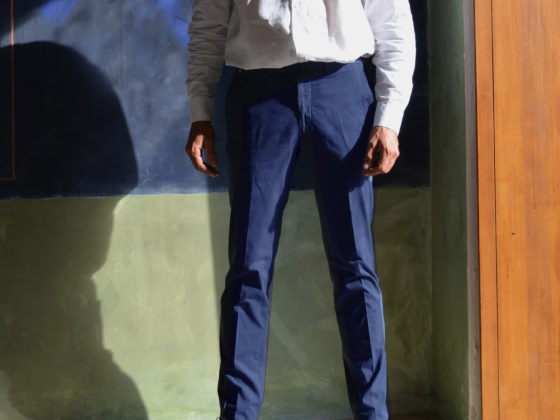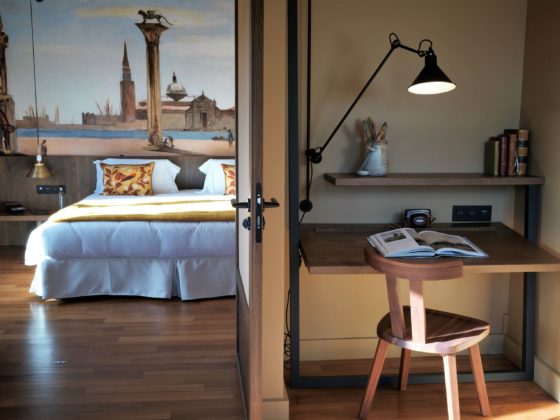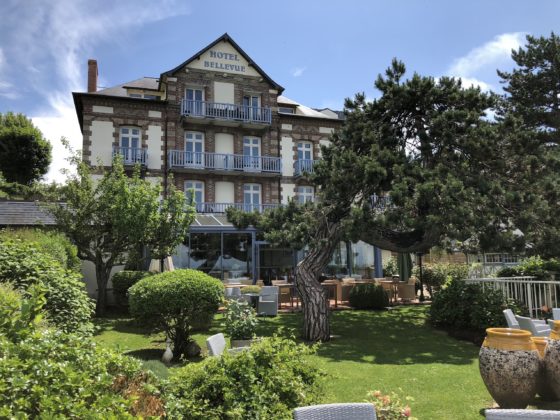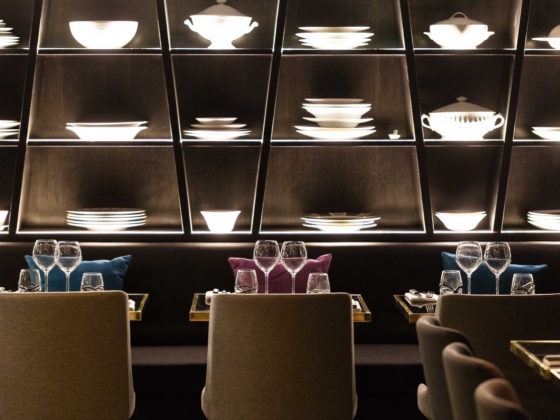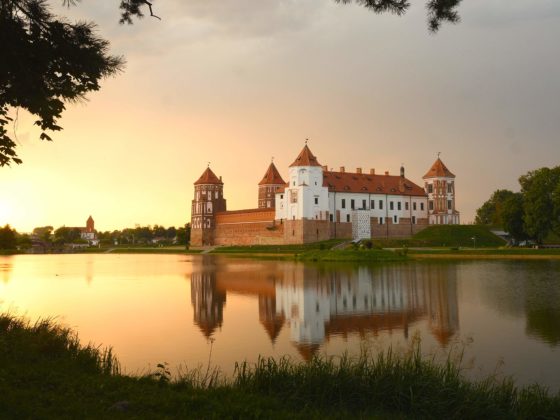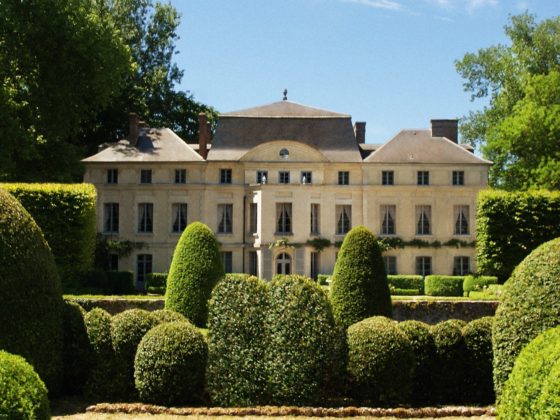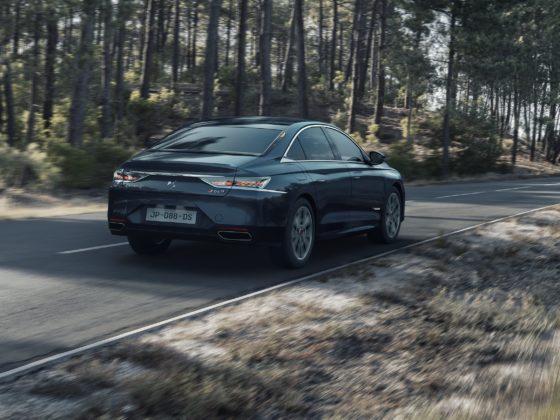From the Caribbean coast in the north of the country to the coffee triangle in the west, passing through Bogota, Colombia does not lack charm and even has varied interests. Ballad through the country…
By Alice d’Intheville
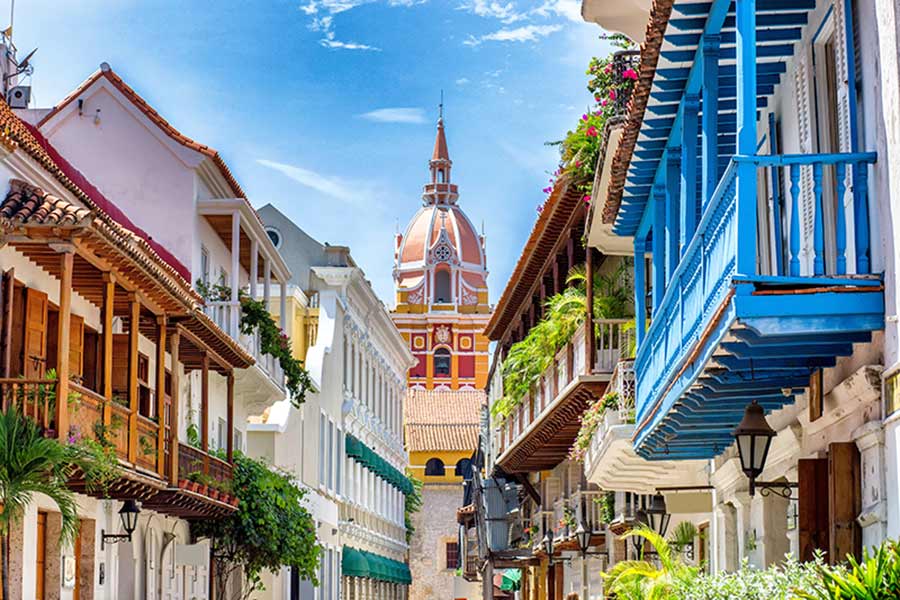
Cartagena, on the Caribbean coast of northern Colombia. It is almost midnight. In this Saturday evening in February, the light sea breeze refreshes the atmosphere still warm from the alleys of the historical center of the colonial city. The walls of the houses diffuse the heat accumulated throughout the day under the burning sun. It must be said that in this season, under a humidity concentrating 90% of the air, the temperature quickly reaches 35 degrees. For two of the bay and the Santa Clara Legend Hotel, a former convent built in the XVII century and maintained in the state, in the heart of the city, a small and almost confidential bar lets the corner of two streets whose calm is broken only by a few groups of young people chatting on their doorsteps, a subdued light and some notes of salsa. Inside, the atmosphere is quiet. Some young people are quietly sipping their Club Colombia, the local beer, negotiated at 3,000 pesos – one euro. Amused by the lively rhythm of the music, Jose and his wife, whose wrinkles and white hair betray a certain age, is stand up. First one dance step, then two… sure and precise steps. “He there is no age to have fun,” says the old man, proud to be applauded by the amused and respectful teenagers. It is that here, the party is daily and for all. Music is a tradition.
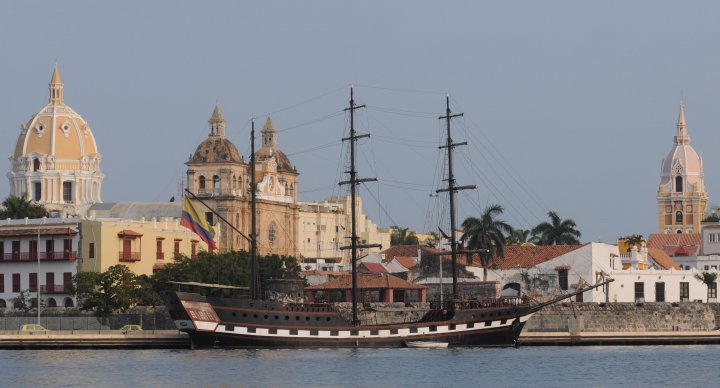
It is six o’clock this morning. The rising sun illuminates the city of orange. The The show revealed under the light of the day that is coming is amazing of beauty: inside the 11 kilometers of walls surrounding the old city city of Cartagena, low colonial houses of two or three storeys are levels, sometimes dressed in blood red, sometimes in royal blue, sometimes in yellow or spring green. All of them have balconies made of wood or stone, and display a perfect cleanliness. It must be said that for 35 years, the The city is a Unesco World Heritage Site. Walking through the alleys of this old port city, once a bastion of the Spanish kingdom in South America for four centuries, the prevailing calm makes it difficult to To believe that Cartagena has more than one million inhabitants. The city outside the walls, seems so far away. Some yellow cabs circulate in the alleys, and the carriages follow them.

The The city reveals multiple historical monuments or worth the detour. Cathedral, squares, boutique hotels, convent of San Pedro Claver, military castle of San Felipe de Barajas built by the Spanish in the colonial era offering a panoramic view of the city and the sea… to leave the walls and its gates surrounded by cannons to enjoy the show. But of course, sea excursions are still possible and, in two hours by boat, can reveal other facets of the region. Thus, the island of Mucura, which hosts the Punta Faro Hotel, is a perfect example of the of a Caribbean island: fine white sand beach, warm sea and protected by the coral reef… The place lends itself to the a break in time. Mango cocktails and mojitos in the water are necessarily in the program, as well as diving or snorkeling in the heart of the reef which allows to observe the different species of fish, that or a nap in a hammock between two palm trees. Of course, the Colombian personality of these islands is not marked, but their presence so near the coast remains the opportunity to put a foot there.
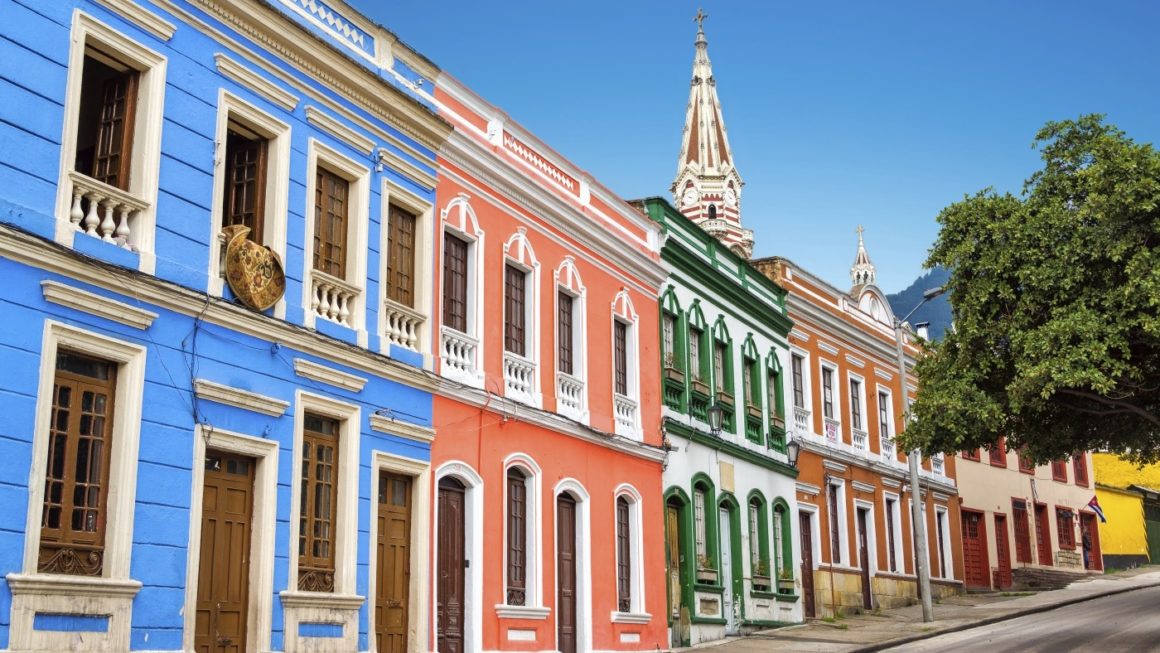
Bogota, the capital of the country, is much further south. Here also, the Candelaria, name given to the historic center of the city, has kept in memory its colonial past characterized by narrow and steep streets surrounded by low houses and colored with old doors, emblems and sculptures embedded in the the roofs and windows and reminding the visitor that the place was At the time, it was considered a cradle of the Creole and Spanish aristocracy. It is in this hilly district, declared a historical monument in 1963, and in its surroundings that the main part of the tourist offer of the city is concentrated in the 8 million inhabitants. Unlike the rest of the city, the center has architectural homogeneity. To take a break, multiple small cafés offer a city atmosphere and are usually invaded by artists and street musicians.

Point of this historic heart: the Plaza de Bolivar, in the center of which stands the statue of Simon Bolivar. It is surrounded by the Catedral Primada in the neoclassical style, attached to the bishopric, and characterized by its large organs and its magnificent chapel of the Blessed Sacrament, built in the right part of the building. Surrounding the square, also the Liévano palace housing the city hall, the courthouse and the National Capitol serving as the presidential palace. The streets leading from this square give direct access to various cultural and artistic sites in Bogota, like the Gold Museum. On three levels, it houses the the most important collection of pre-Hispanic silverware in the world and has different pieces of the indigenous cultures of Colombia. Also included are concentrated here no less than 35,000 gold objects and as many ceramics, shells or bones. Half a day is necessary to visit the establishment. A A few steps away, the Botero museum exhibits various works as well as a significant number of paintings, sculptures and other works of art. Colombian objects. It has a collection offered by the master Botero and some paintings signed Monet or Picasso.
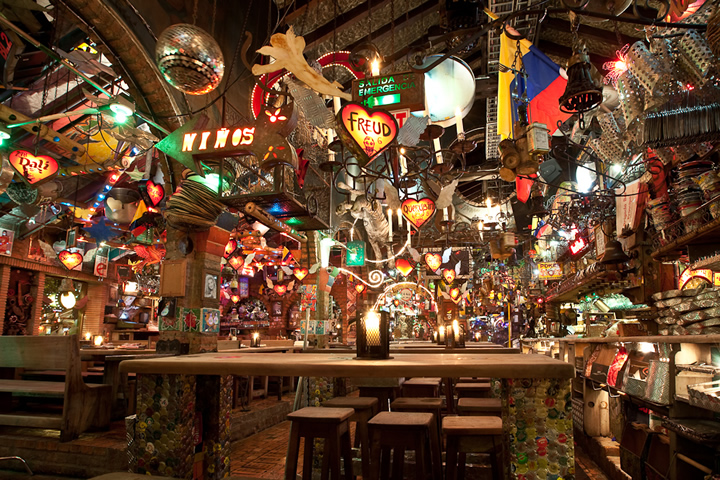
Other museums give Bogota an important cultural dimension, but the city modern, clearly westernized, has more working-class neighborhoods focused on celebration and music. Near the huge shopping center bars, restaurants and big fashion stores, mainly invaded on weekends. Dance and music lovers find their happiness at Andres Carne de Res, the local institution with the international reputation. This brand, which has two locations in Bogota and Chia – 40 minutes from downtown – is one of the most popular restaurants in the world. of the country. In an eccentric atmosphere based on a decoration half kitsch half baroque composed of hearts, pious images, of masks, flowers and objects of all kinds, Andres Carne de Res allows to enjoy the local cuisine cooked on a wood fire and listen and dance to the sound rumba, salsa, merengue or vallenato. With its 900 tables and its 5,000 seats, the Chia site is sold out and bewitches both locals and than tourists.
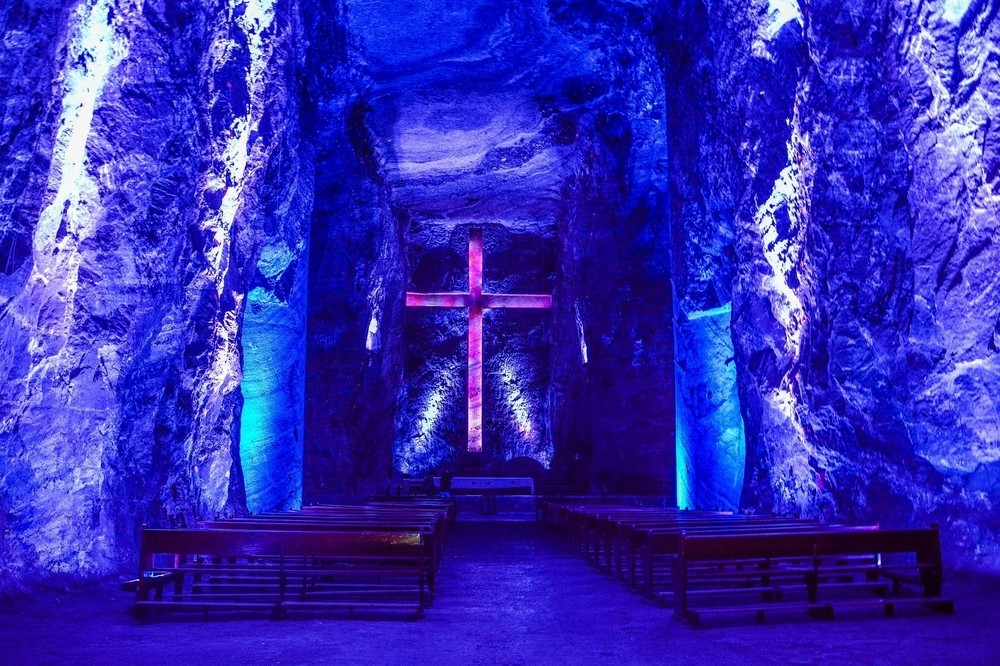
Around Bogota, the region is full of historical sites. For example, the small colonial town of Zipaquira, 50 kilometers from the capital and founded in 1600, which houses the amazing Catedral del Sal – Salt Cathedral. This marvel, erected in 1995 after the closure of a first similar cathedral built in 1954, is entirely built under the rock by salt miners. In a play of light and shadow, this site, which lies 200 meters under the ground, can receive some 800 faithful for the weekly mass, said every Sunday. Due to its magnetism, this site is not designed for batteries of electrical appliances. In return, it provides a unique calm in a welcome coolness. Around the site, there is no shortage of traditional restaurants where you can easily find supple corn and other local specialties.
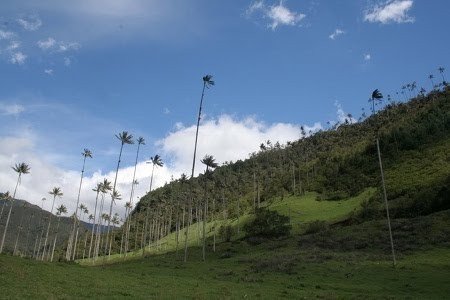
Cap west of the capital, towards the Coffee Triangle. This vast region, center of of rubber production until the beginning of the XXth century, is at the both an economic lung for the country and a gigantic ecological lung, whose landscapes and culture have been classified in 2011 as world heritage of Unesco. It is a must for travelers. The image is worth it of eye: at an altitude of 2,600 meters, a few hours drive from Pereira, in the central Andes of Colombia, we are surrounded by palm trees! “These are palma cierra”, explains the driver behind the wheel of his Jeep. “A unique species in the world. We do not find it than here! “True that at this altitude, exotic trees are not There, the winding and deserted roads offer a 360° view of the city. degrees on the mountain range and its sharp and tree-covered mountains.
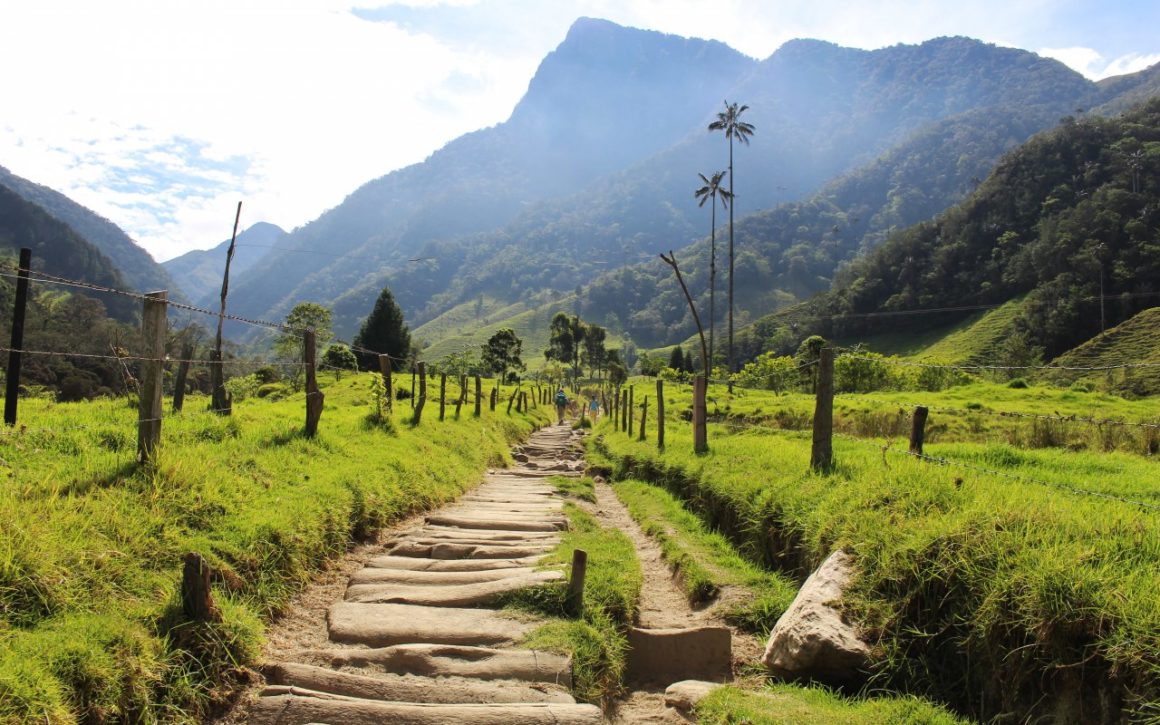
A a few minutes drive up the hill from Salento, we arrive in Valle del Cocora. In the middle of the mountain, a small complex houses a restaurant and coffee production. Calmness reigns. And at this altitude, the sun is shining hard. The perfect place to rest, but also for horseback riding in the in the middle of a generous and green nature. Crossing rivers, galloping in the fields in the middle of the palm trees or on the long, stoned roads of a and with a bit of imagination, take yourself for an actor Not far away, down in the valley, the village of Salento is only a few kilometers away. not without charm. Considered as the most touristic village of the region in Despite its small size, it is organized around a large central square and of a few alleys in a straight line. The stalls are invaded by merchants of and fresh fruits, welcome under this sun. The interest of the site is not not so much the village as the view from its highest point, accessible after a few hundred steps, on the coffee region and its beautiful mountain. Salento, lost in the nature, is a few hours away of Pereira, the main city of the region where the most important places are nightclubs, gourmet restaurants, etc.
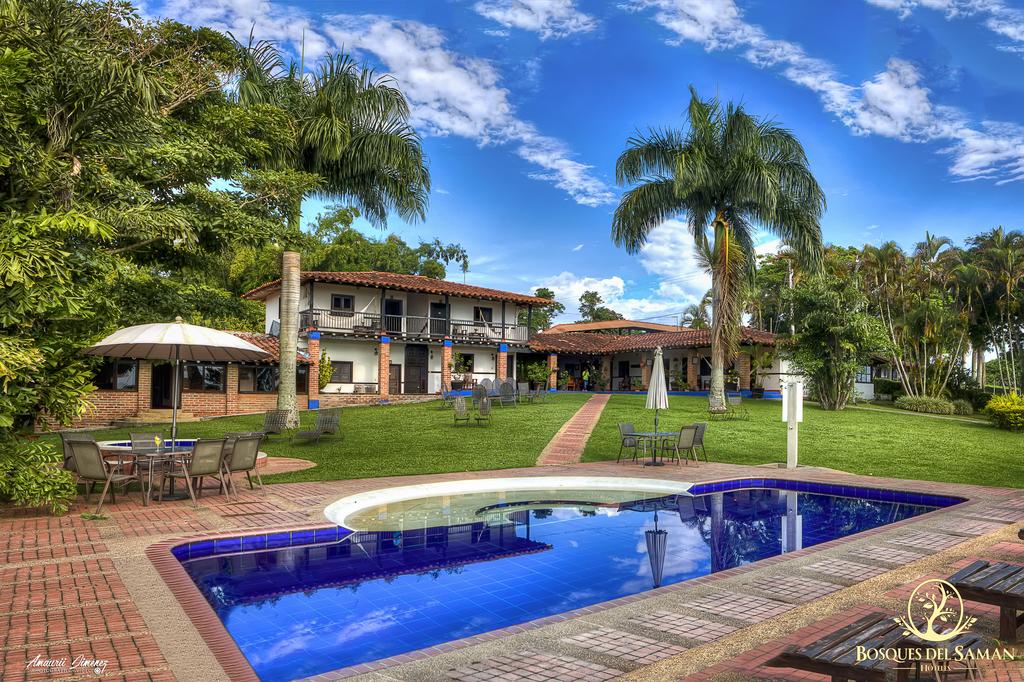
More far away, lost in the nature, the name of coffee region takes all its meaning. The plantations follow one another and the smell of coffee is omnipresent. Not of doubt, this is where it happens. And this is where we should stop to understand how coffee production and harvesting works. Saman, hotel property in Armenia with two architectural buildings typical of the Antioquia region, has its own production. The place is ideal for the visit, and from the planting fields to the tasting, allows to understand the whole process. In its huge site, Armenia proposes other activities, such as the seven zip lines installed above the plantations. The longest of them, with its 400 meters, allows to fly at 100 meters above the coffee fields up to 80 km/h. A show beautiful as well as unusual.


